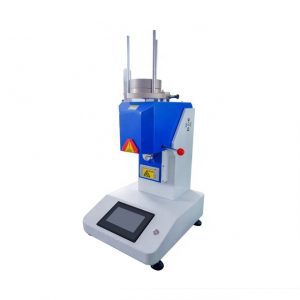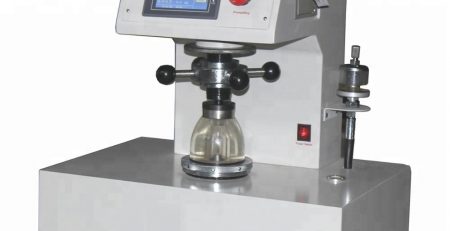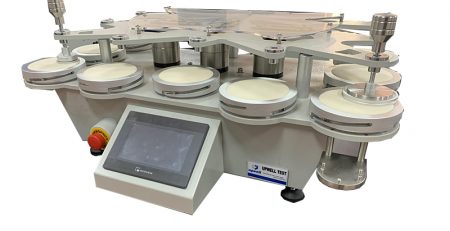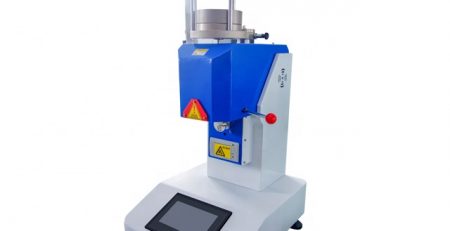MFI is abbreviated as melt index, also called melt flow rate,
It is a numerical value indicating the fluidity of plastic materials during processing. It is formulated by the American Standards Association for Measurement and Testing (ASTM) according to the method used by DuPont to identify the characteristics of plastics.
The test method is:
First let the plastic pellets melt into a plastic fluid within a certain time (10 minutes), at a certain temperature and pressure (various material standards are different), and then flow out the grams (g) through a 2.1mm diameter circular tube. The larger the value, the better the processing fluidity of the plastic material, and vice versa.
The test standard commonly used by zui is ASTM D 1238, and the measuring instrument of this test standard is the Melt Indexer. Unit: g/10min
The specific operation process of the test is: the polymer (plastic) material to be tested is placed in a small tank, and a thin tube is connected to the end of the tank. The diameter of the thin tube is 2.095mm and the tube length is 8mm. After being heated to a certain temperature (usually 190 degrees), the upper end of the raw material is squeezed downward with a certain weight by a piston, and the weight of the raw material is measured within 10 minutes, which is the flow index of the plastic. Sometimes you will see this notation: MI25g/10min, which means that 25 grams of the plastic is extruded within 10 minutes. Generally, the MI value of commonly used plastics is approximately between 1-25. The greater the MI, the smaller the viscosity and molecular weight of the plastic material, and vice versa, the greater the viscosity and molecular weight of the plastic.
In addition to the melt mass flow rate (MFR), the melt volume flow rate (MVR) can also be used for measurement.
Melt flow rate, originally called melt index, is defined as the amount of thermoplastic material extruded in a certain period of time under specified conditions, that is, the mass of the melt passing through the capillary tube of the standard die every 10 minutes, expressed in MFR, and the unit is g/10min. Melt flow rate can characterize the viscous flow characteristics of thermoplastics in the molten state, and has important guiding significance for ensuring the quality of thermoplastics and their products, and for adjusting the production process.

Automatic MFR MVR Plastic Melt Flow Index Tester
In recent years, the melt flow rate has been extended from the concept of “quality” to the concept of “volume”, that is, the volume flow rate of the melt has been increased. It is defined as: the volume of the melt passing through the standard die capillary every 10min, expressed by MVR, and the unit is cm3/10min[1]. From the perspective of volume, it provides a scientific guide parameter for characterizing the viscous flow characteristics of thermoplastics in the molten state and for adjusting the production process. For the original melt flow rate, it is clearly called the melt mass flow rate, which is still recorded as MFR.








